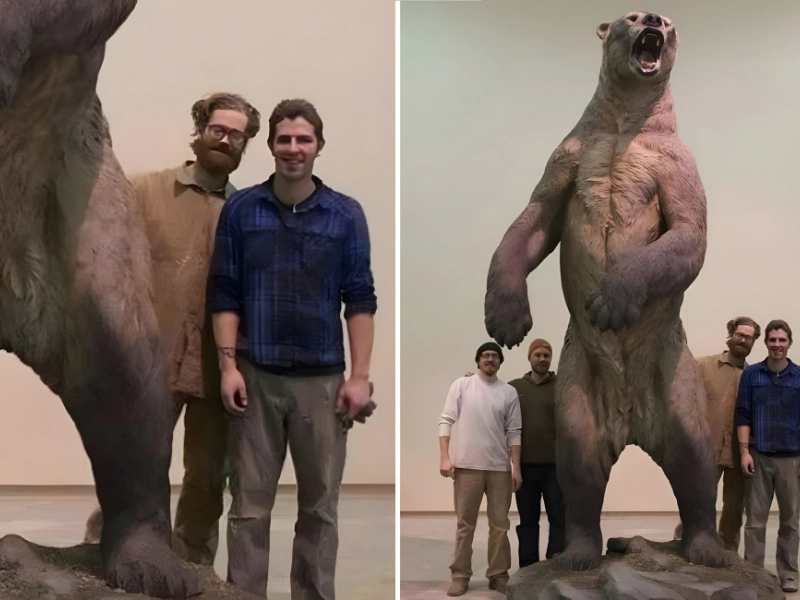
The Delayed Human Migration to North America Originated In: North America
Estimated Price: N/A
Overview:
Scientists believe that the first humans arrived in North America much later than in other regions of the world. This delay raises questions about the factors influencing early human migration.
Key Factors:
Fossil Discoveries: Fossils of enormous, ferocious bears have been found throughout North America. These creatures were not just ordinary bears; they were formidable predators capable of preying on humans. Speculation on Migration: The presence of such dangerous wildlife may have contributed to the hesitance of early humans to migrate to North America. The potential threat posed by these bears could explain why humans chose to inhabit other areas first. Reflection on Human History:
Understanding the reasons behind the delayed arrival of humans in North America can provide insights into the challenges faced by early populations. It highlights the interplay between environmental factors and human migration patterns.
Takeaway:
The discovery of large bear fossils in North America prompts speculation about their role in the late migration of humans to the continent. This connection between wildlife and human behavior underscores the complexities of our evolutionary history and the challenges faced by early settlers.